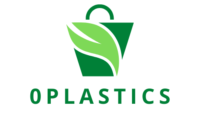As crisis grows, time to revisit plastics policy
Plastic pollution is reaching epic proportions. Traces of plastic have been found in human blood, placenta and even in breast milk. Future generations are exposed to plastic pollution right from birth which is putting humanity at grave risk. Plastic is a synthetic polymer produced from petrochemicals and is non-biodegradable in nature. Once produced, plastic items …
As crisis grows, time to revisit plastics policy Read More »









